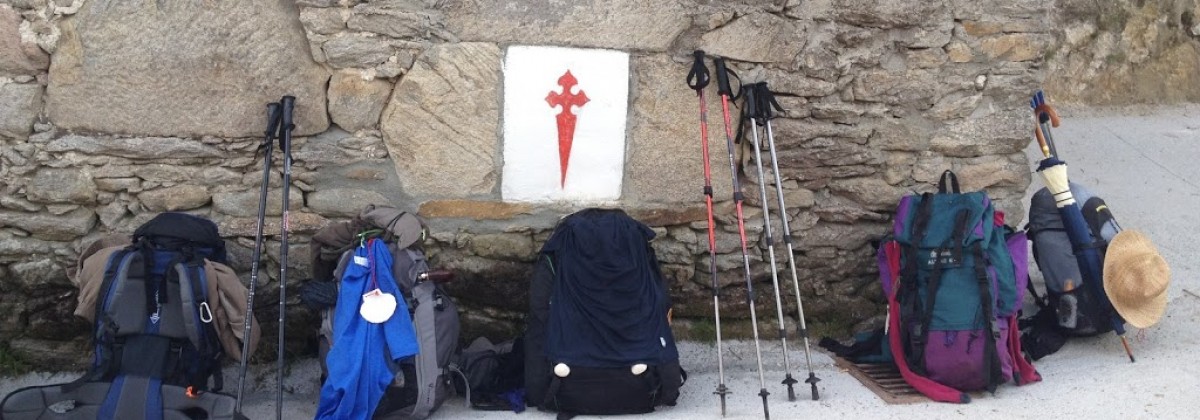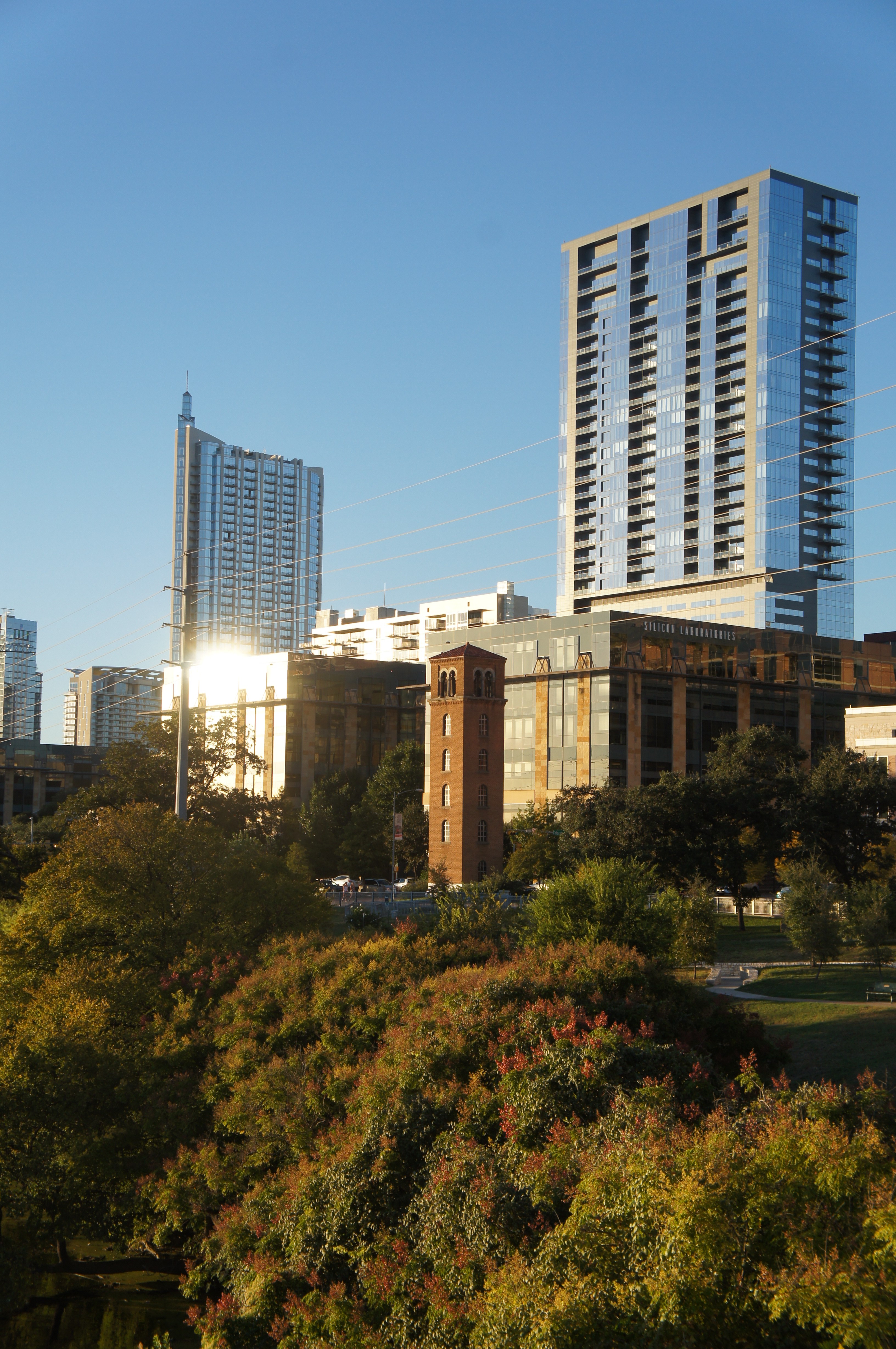sucker that I am for buildings with interesting historical backgrounds, one of the sites I found most interesting on our amphibious tour of Austin was the Buford Tower on West Chavez Street. our driver, an admitted former firefighter, pointed out the building in passing – something the force used previously for training purposes – but I was curious to learn more.

built in 1930, it was used for practice for nearly five decades before being replaced by another structure elsewhere in town. it stood disused for several years until the widow of the man who designed the tower donated money to have it refurbished and to have the upper floors converted for use as a carillon tower. it’s name honors James Buford, a captain who drowned attempting to rescue a 15-year-old from flood waters in Shoal Creek. now, it’s an interesting, incongruous site against the modern structures of downtown Austin.




